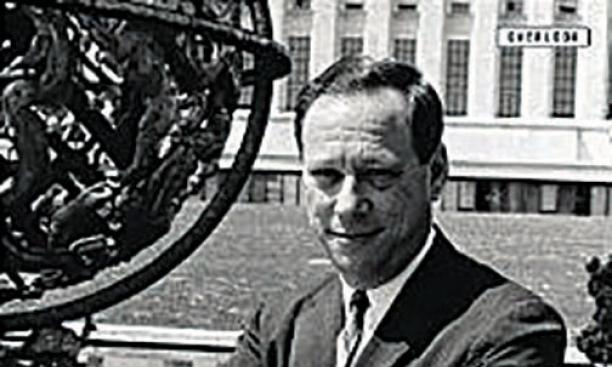

It’s the pounding I remember most,” which is a rhythmic homage to The Sweet Hereafter ’s wonderful opening line, “A dog-it was a dog I saw for certain.” My original opening paragraph was “The pounding. I went back and forth before settling on the explosion-then-aftermath option.

I considered starting with the characters meeting each other and ending with the explosion, or placing the explosion midway, or maybe writing four sections, each covering the same time period but told by a different narrator, similar to Please Look After Mom by Shin Kyung-sook. But when I sat down to start drafting the novel in earnest, structure was the foundational element I had to determine first. I love that your first question is about structure and Russell Banks because the first Word document I created for my novel was “Structure Options,” one of which is “Start with tragedy, then multiple POVs of aftermath, similar to The Sweet Hereafter ”! Prior to this, I’d spent six months freewriting by hand, exploring the characters’ backgrounds and relationships. (My husband thanks you, as I volunteered to drive to all our kids’ practices just so I could sit in the car and keep reading!) It means a lot coming from the author of The Peacock Feast, which I’ve been taking everywhere with me, desperate to return to the immersive, haunting world you’ve created. For Miracle Creek, when in your writing process did you settle on the structure?įirst, thank you for the praise. In a recent episode of The Book Review podcast, Kate Atkinson talked about how she commits first to a structure, with characters and plot coming later. It reminds me of Russell Banks’s The Sweet Hereafter, where the tragedy is also the starting point, with the novel then unfolding through the point of view of a handful of characters. Let’s begin, though, with the book’s structure: opening with the explosion of the HBOT chamber. But your novel is so much more than a thriller borrowing from the language of the hyperbaric oxygen therapy, HBOT, at its core, it’s a deep dive into two cultures: the Korean-American immigrant experience and the culture of mothers with special-needs children. The last legal thriller I read was Presumed Innocent, which I also loved, by Scott Turow (who gave you a magnificent review!), and now I’m wondering why I’ve been depriving myself of this genre. I read it in two days, torn between racing to figure out the mystery and slowing down to appreciate the complexity of the characters and the moral dimensions of the vivid world you’ve created-literally with maps and charts and diagrams. First, congratulations on Miracle Creek, your debut novel.


 0 kommentar(er)
0 kommentar(er)
